Microsoft unveils Eco-friendly seabed server system, a steel capsule placed 30 feet underwater in the Pacific Ocean.
The Microsoft’s underwater capsule, containing servers, by going underwater could help reduce cooling costs and help increase data speeds.
Images credit Microsoft
The initial experimental prototype vessel, christened the Leona Philpot after a popular Xbox game character, was operated on the seafloor approximately one kilometer off the Pacific coast of the United States from August to November of 2015. Project Natick reflects Microsoft’s ongoing quest for cloud datacenter solutions that offer rapid provisioning, lower costs, high responsiveness, and are more environmentally sustainable.
The technology to put sealed vessels underwater with computers inside isn’t new. In fact, it was one Microsoft employee’s experience serving on submarines that carry sophisticated equipment that got the ball rolling on this project. But Microsoft researchers do believe this is the first time a datacenter has been deployed below the ocean’s surface. Going under water could solve several problems by introducing a new power source, greatly reducing cooling costs, closing the distance to connected populations and making it easier and faster to set up datacenters.
Ben Cutler, the project manager who led the team behind this experiment, said:
“We take a big whack at big problems, on a short-term basis. We take a look at something from a new angle, a different perspective, with a willingness to challenge conventional wisdom. So when a paper about putting datacenters in the water landed in front of Norm Whitaker, who heads special projects for Microsoft Research NExT, it caught his eye.
We’re a small group, and we look at moonshot projects. As we started exploring the space, it started to make more and more sense. We had a mind-bending challenge, but also a chance to push boundaries.”
source microsoft

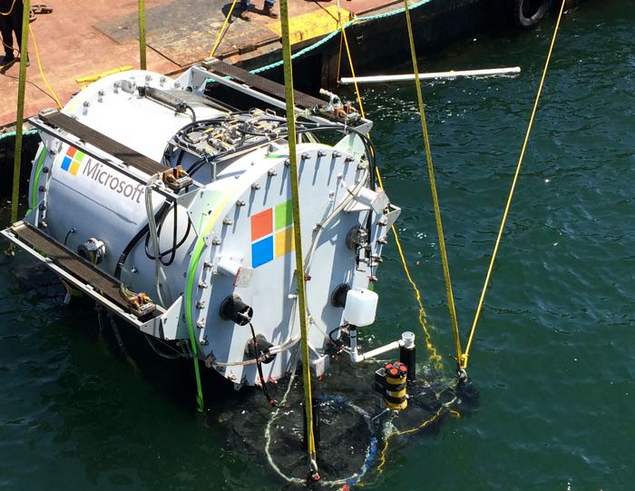
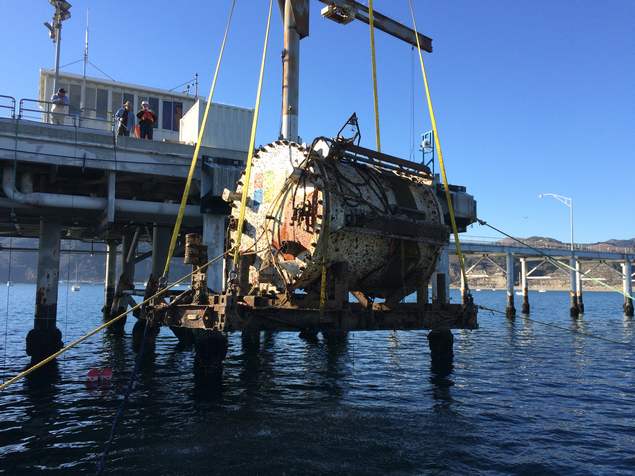
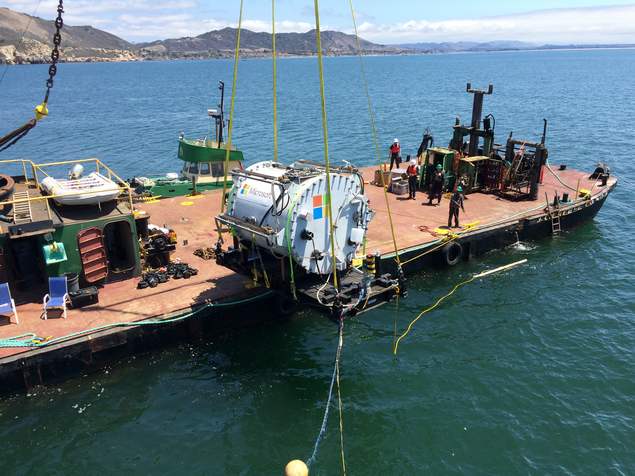
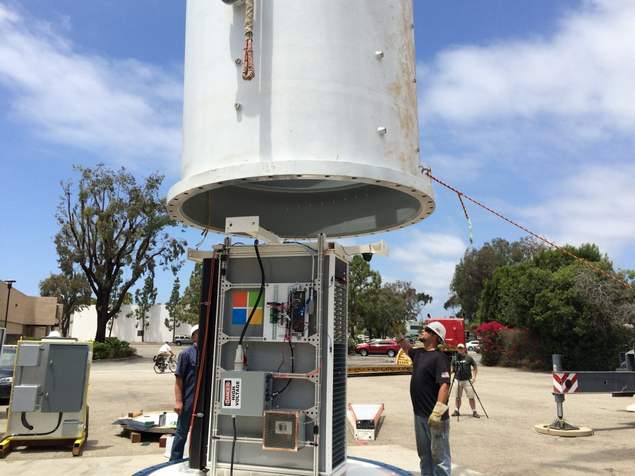
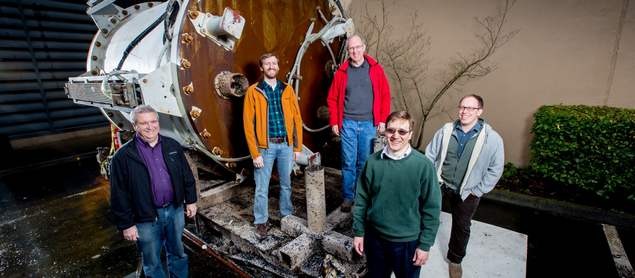


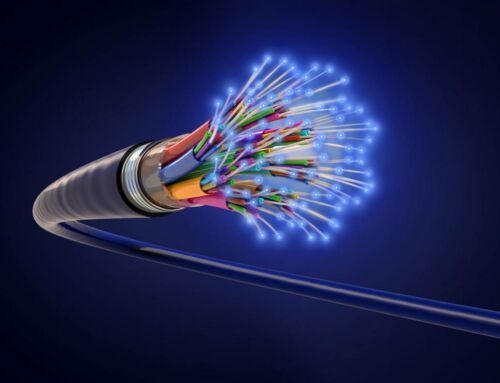
Leave A Comment